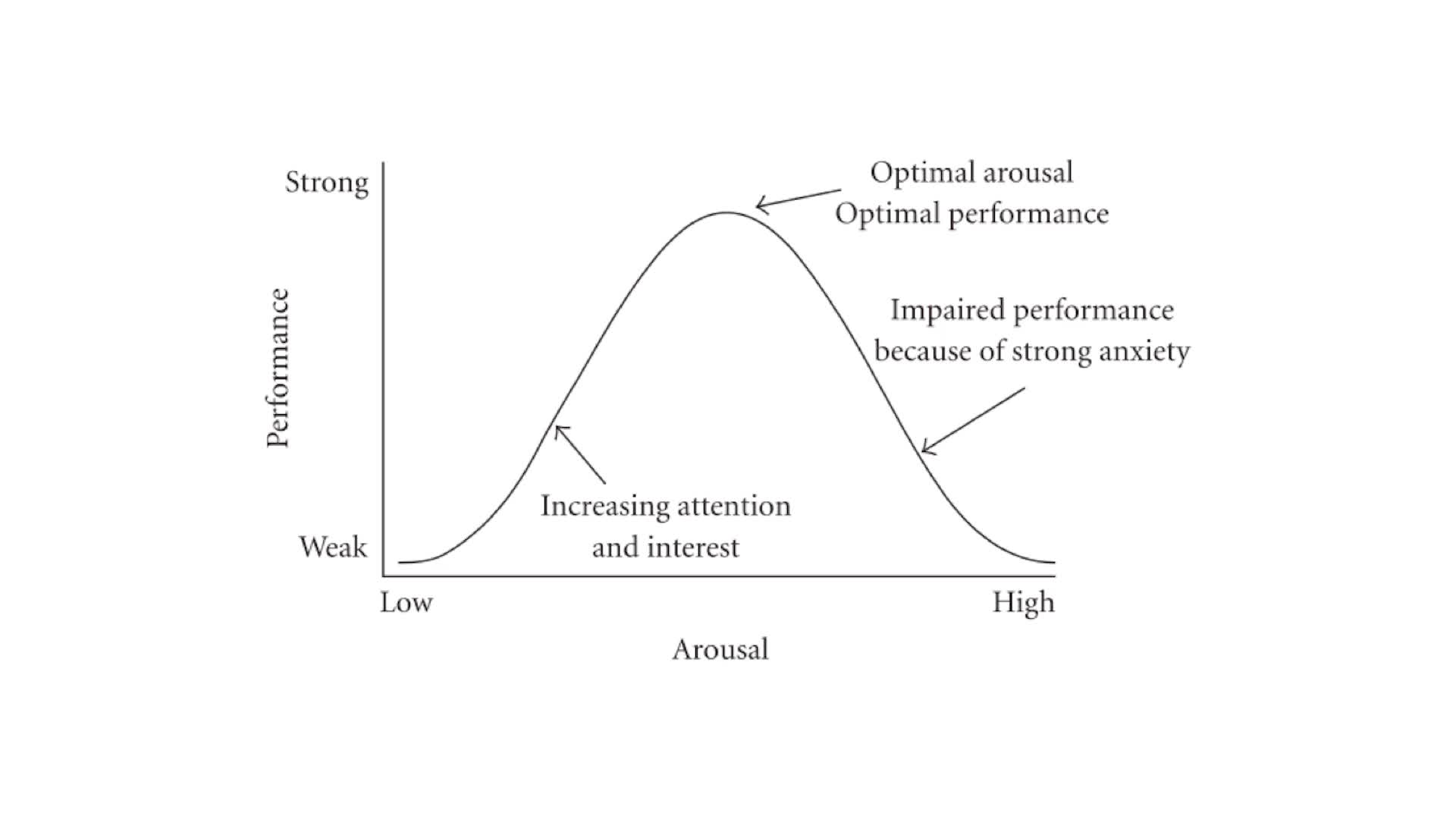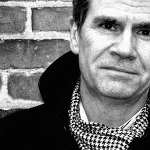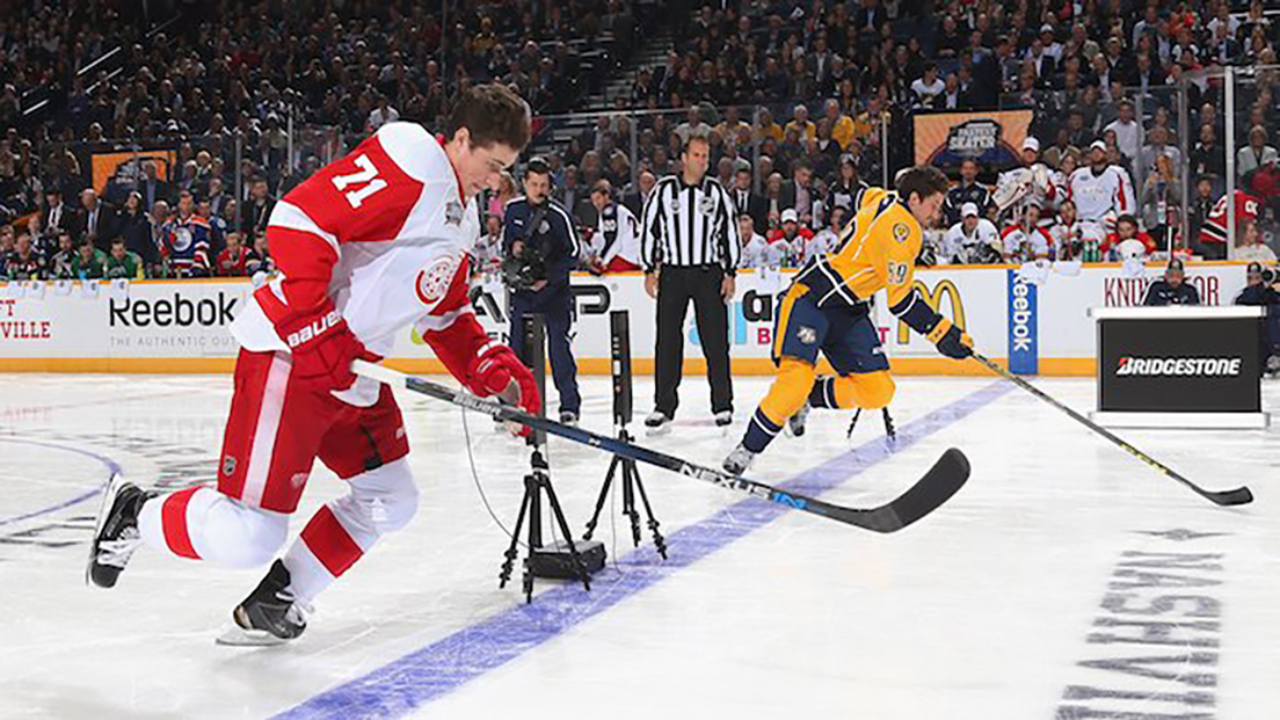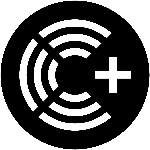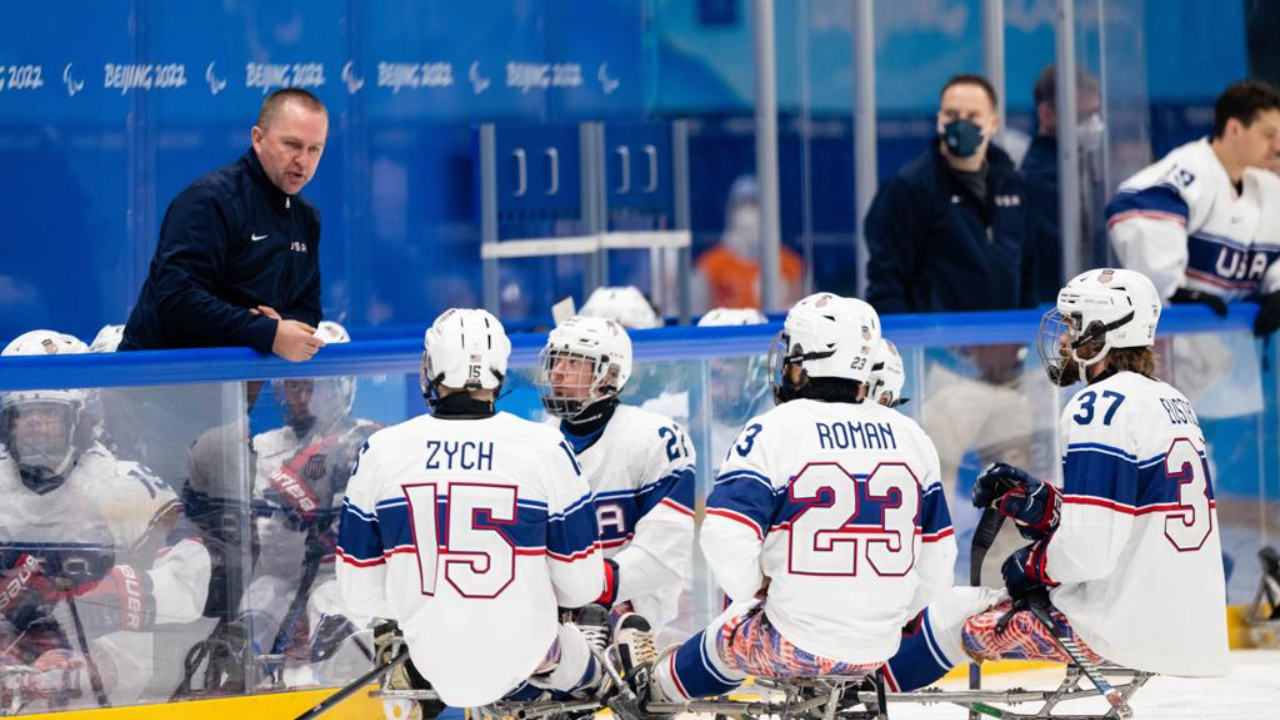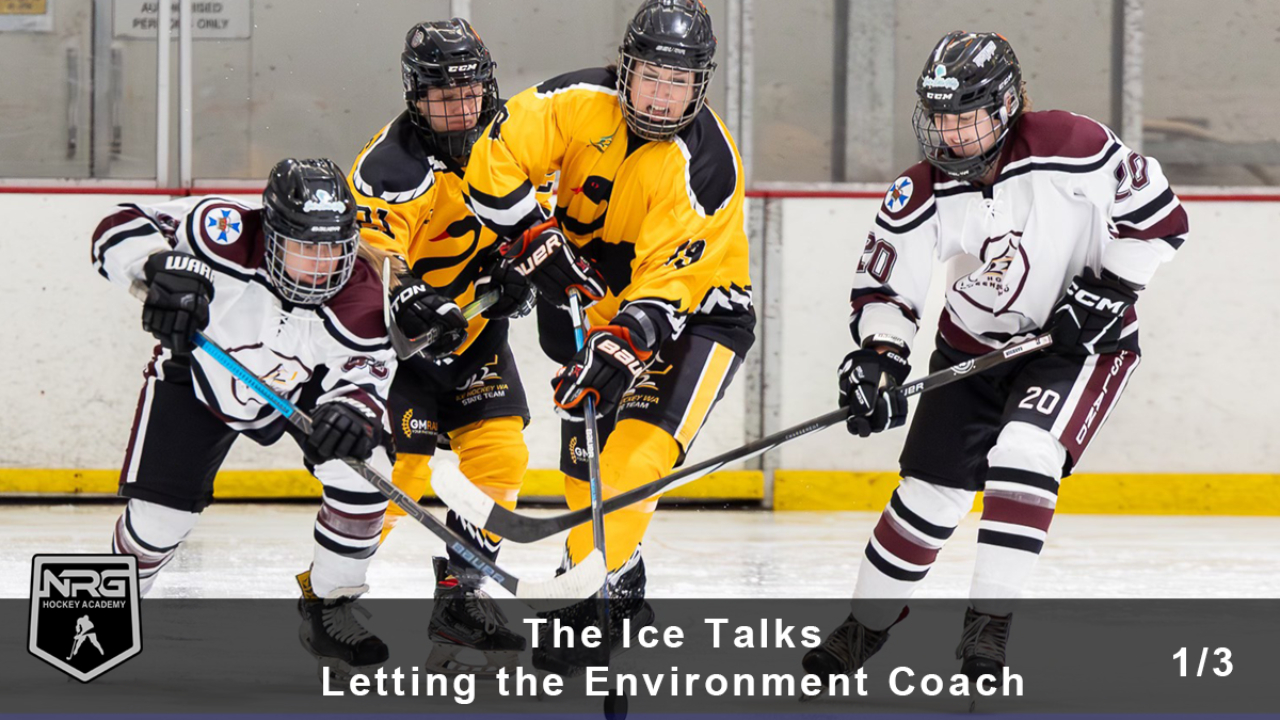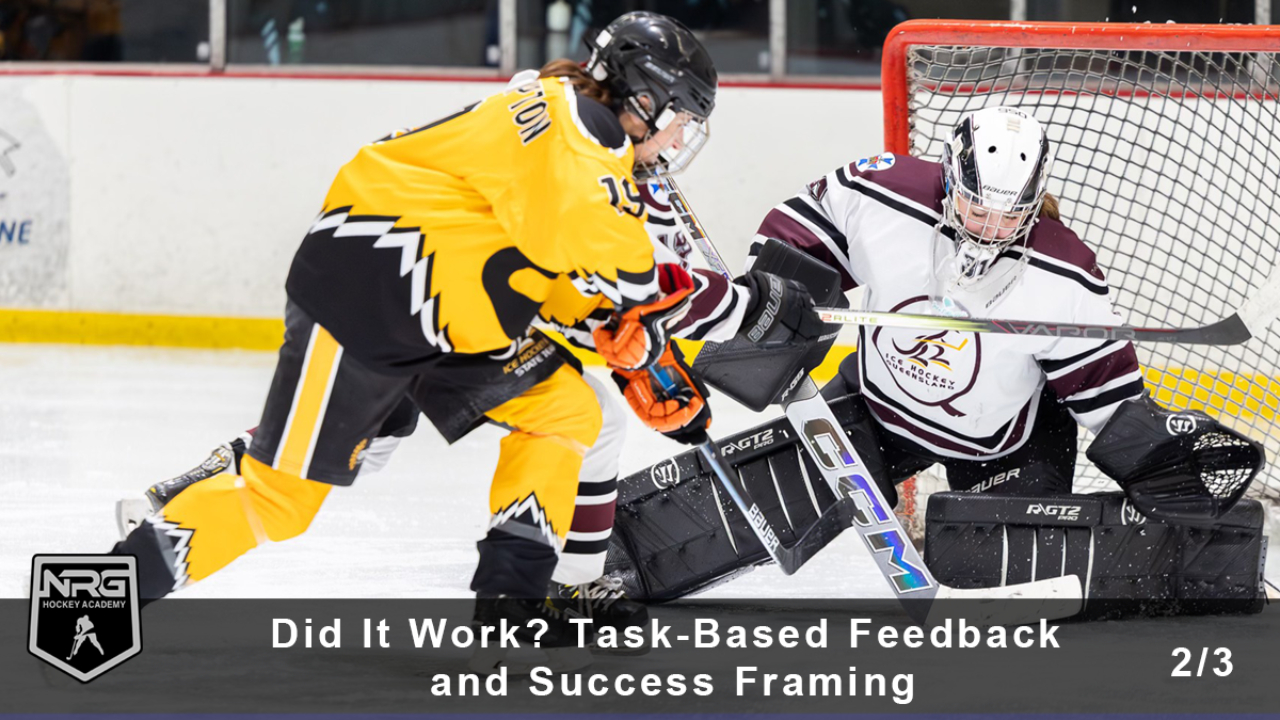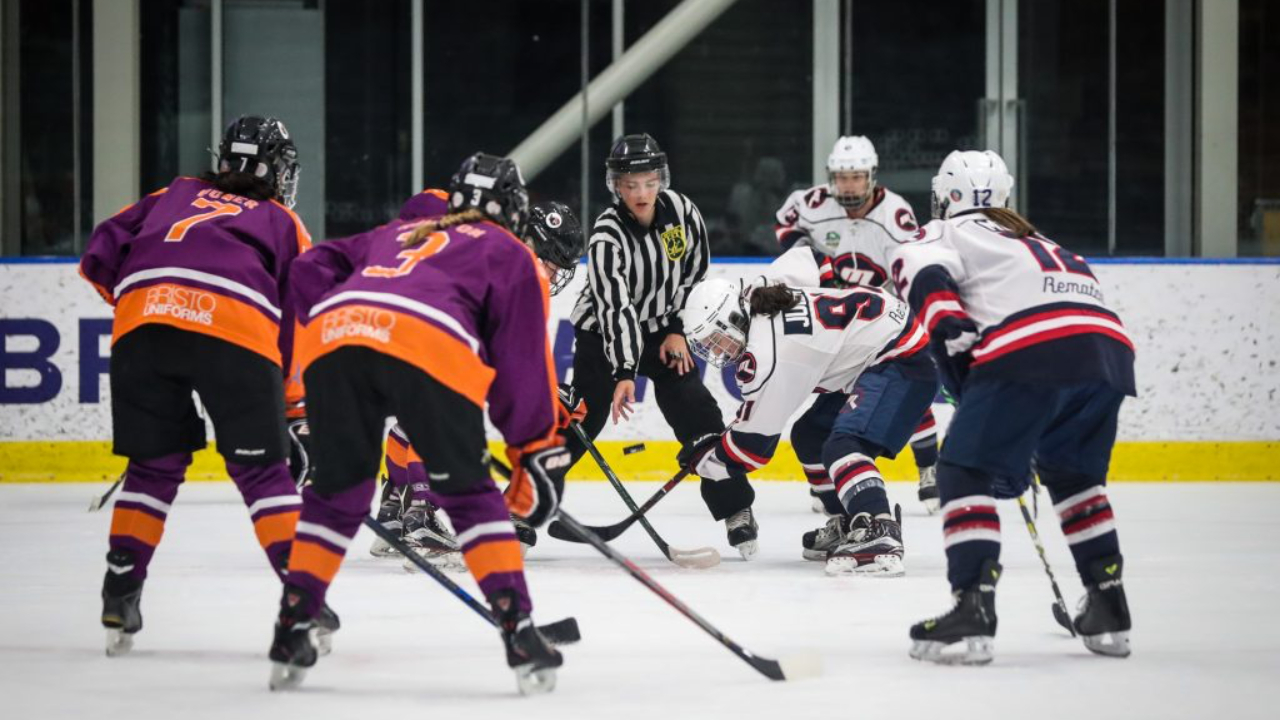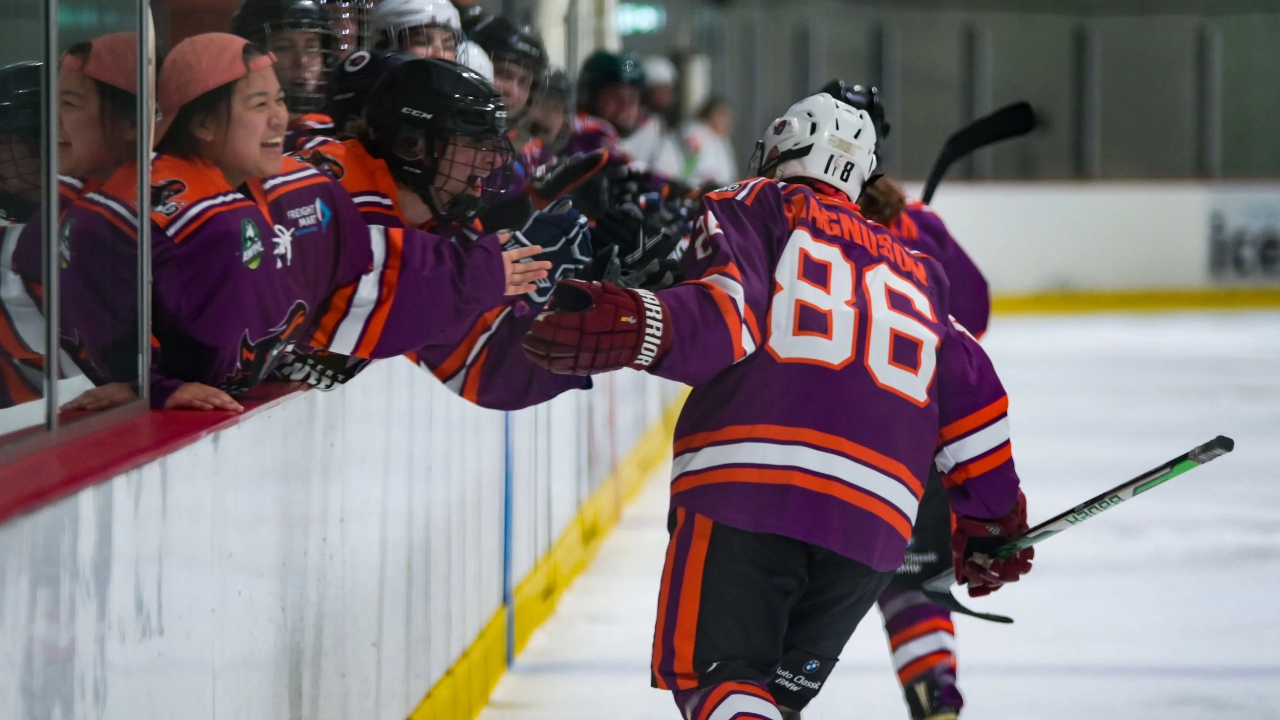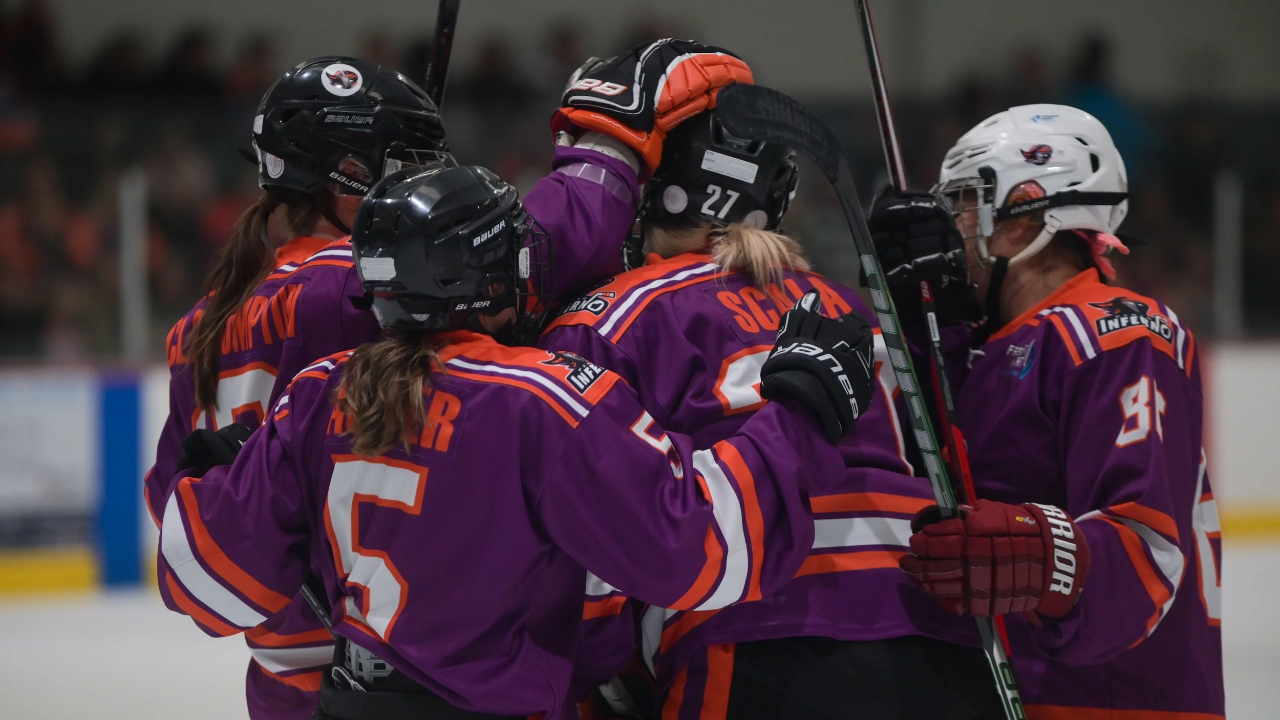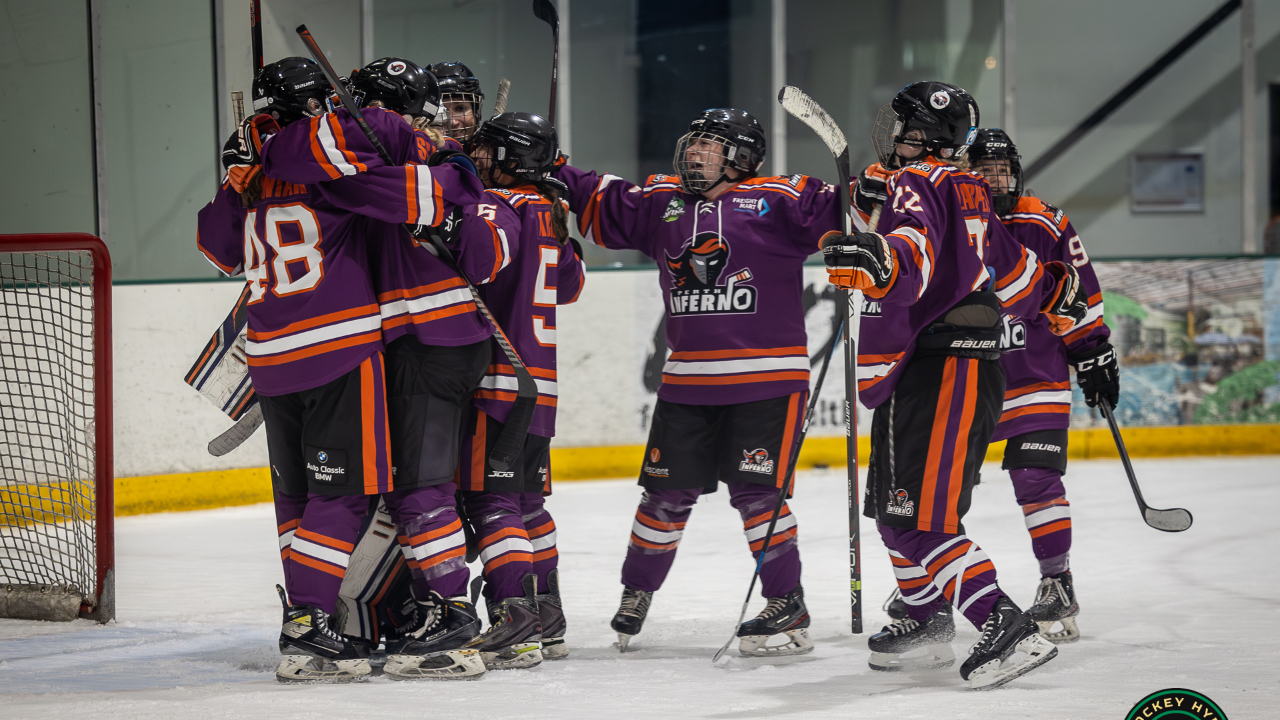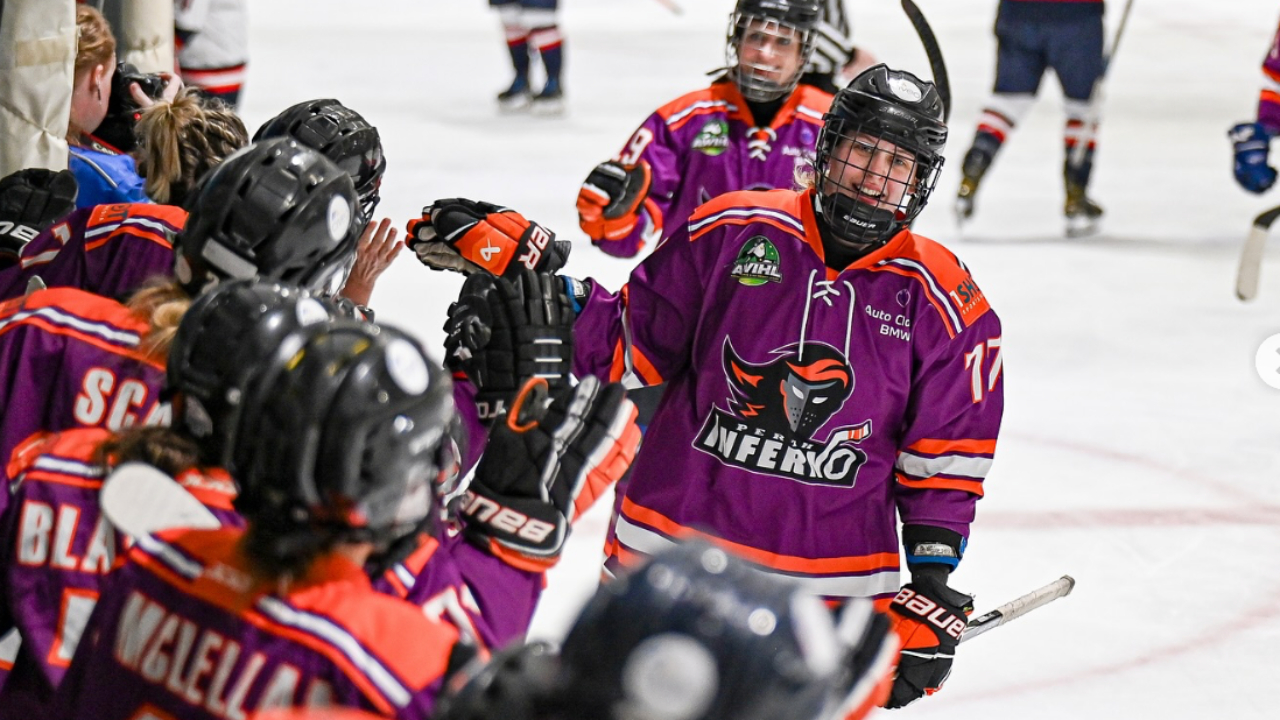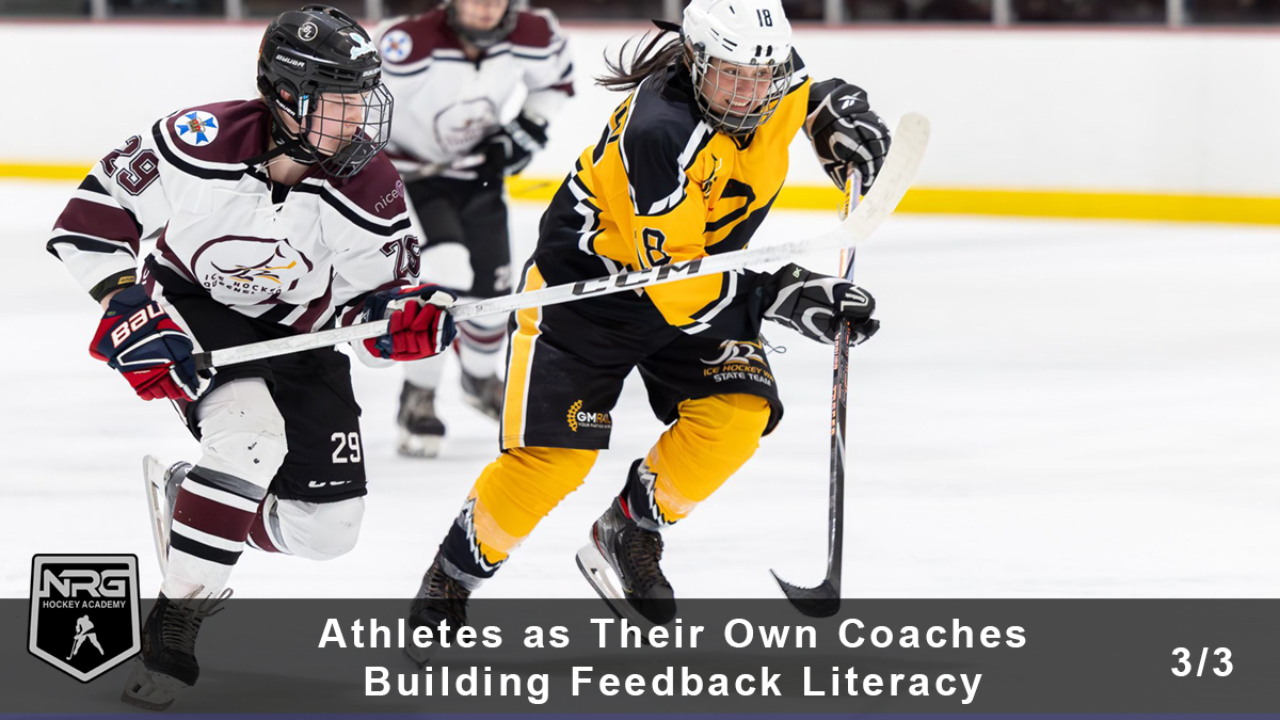
Designing for Discovery: Feedback Loops in Ecological Coaching
(3:3) Athletes as Their Own Coaches: Building Feedback Literacy
By Coach Barry Jones – IIHF Level 3 | USA Hockey Level 3 | Head Coach, Perth Inferno (AWIHL)
“Coach, I didn’t feel right on that rep.”
That sentence is gold.
Because when an athlete notices, reflects, and adjusts without being prompted, you’re no longer coaching just skills, you’re coaching awareness.
This final part of the Designing for Discovery series explores how to help athletes become their own best source of feedback.
Feedback Isn’t Something You Give; It’s Something You Grow
In traditional coaching, feedback is often a one-way street. The coach talks, the player listens.
But the best athletes I’ve ever worked with don’t just receive feedback, they generate it. They feel, reflect, question, and adjust.
That’s feedback literacy: the ability to detect, interpret, and apply information without always needing external direction.
And it starts from the inside out.
Internal Feedback: The Body Talks Before the Coach Does
The game doesn’t wait for your sentence to finish.
That’s why internal cues, soreness, rhythm, timing, energy, and spatial awareness are often more valuable than anything we can say from the bench.
Here’s how I coach it:
-
“What did that feel like?”
-
“Could you feel the timing?”
-
“Did you know before the puck came that you were in trouble?”
These questions develop metacognition, the skill that turns good players into smart ones.
When players can name what they feel, they can change what they do.
Athlete Story: The Junior Who Solved His Own Net-Front Puzzle
I once worked with a junior who had all the tools, skating, shot, vision, but struggled reading plays in front of the net. He’d lose track of players, get caught puck-watching, and mistime his stick lifts.
It wasn’t an effort. It was a rate limiter: timing and spatial awareness under pressure.
Instead of isolating him in reps, I flipped the script. His job was to teach the very skill he was struggling with.
We paired him with another athlete. He had to coach his partner through net-front battles, when to engage, how to scan shoulder-side, and where to position between puck and man.
In teaching, he started solving his own problem.
Soon, he wasn’t reacting late; he was anticipating.
He wasn’t floating into space; he was owning it.
The feedback didn’t come from me. It came from the task and from his reflection.
That’s the power of athlete-driven learning. He didn’t just fix the issue; he understood it.
Peer Mentorship: Leadership Groups as Feedback Engines
In high-performance women’s hockey, I use leadership groups to decentralise feedback.
Not everyone needs to hear from me. Sometimes, they need to hear from each other.
Examples:
-
Mini huddles after reps: “What worked? What didn’t?”
-
Buddy feedback between shifts: “Did I have a better option?”
-
Captain-led video sessions: athletes running their own reviews.
It’s not about handing over the whiteboard. It’s about building shared ownership of learning.
When athletes become feedback sources for each other, leadership spreads.
Off-Ice Feedback Channels
Some of the most valuable feedback happens away from the rink.
Here are a few tools that help athletes build awareness:
-
Video journals: athletes review clips and voice their thoughts.
-
Training logs: simple effort, focus, soreness, and recovery ratings.
-
Reflection prompts: one sentence, “What did I do well today?”
-
Team check-ins: “Who helped you be better this week?”
These aren’t assignments; they’re awareness tools. They connect experience to emotion, and emotion to behaviour.
Coaching the Next Generation of Self-Coaches
Whether it’s juniors, para-athletes, or high-performance women, my goal is the same:
Don’t just coach them for the game.
Coach them for the moments when no one is coaching them.
That’s where confidence is forged.
That’s where hockey IQ becomes instinct.
And if you get it right, your best feedback might come from the player who says,
“Coach… I figured it out.”
Try This: Self-Coach Shifts
Set-Up:
In a small-area game, assign one player per shift to be their own coach. No feedback from teammates or staff until the rep ends.
Post-Rep Cue:
Ask three questions:
-
What did you notice?
-
What would you do again?
-
What would you change?
Watch for:
Players are becoming more observant, more accountable, and more confident in their own decisions.
Reflection: Feedback Is a Conversation, Not a Correction
Across this Designing for Discovery series, the message is simple:
-
The environment gives feedback — let it speak.
-
The task gives feedback — it shapes perception and performance.
-
The athlete gives feedback — teach them to hear it, trust it, and use it.
Feedback doesn’t start with the coach. It starts with the game.
And when your players can coach themselves, that’s when you know your coaching just levelled up.
How do your players know when something feels right before you tell them?
Author Bio
Coach Barry Jones is an IIHF Level 3 and USA Hockey Level 3 coach, and the Head Coach of the Perth Inferno (AWIHL). His work explores nonlinear periodisation, ecological dynamics, and athlete-centred learning environments across women’s, junior, and para-hockey.

